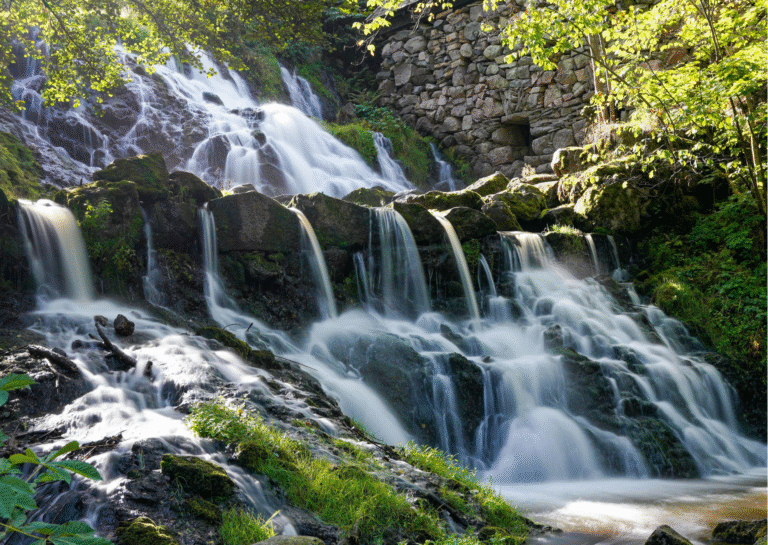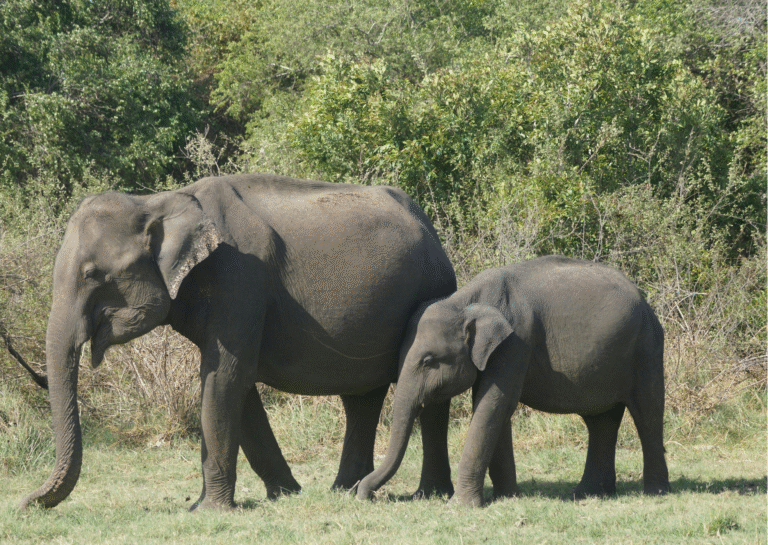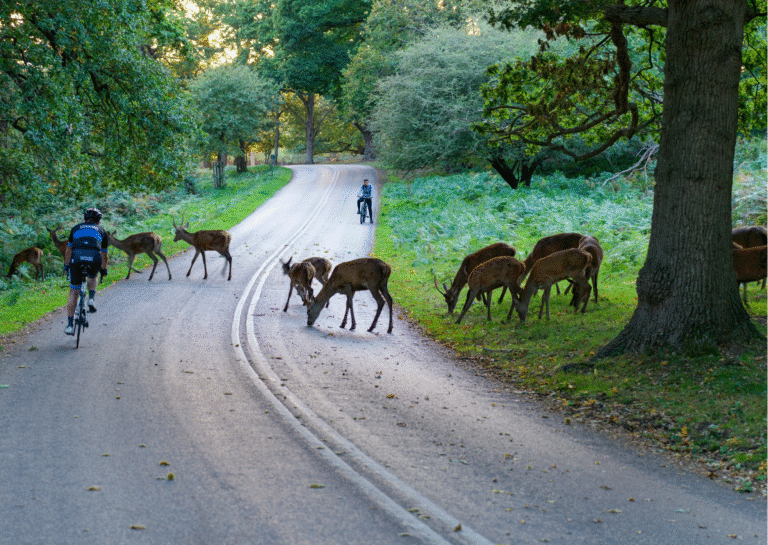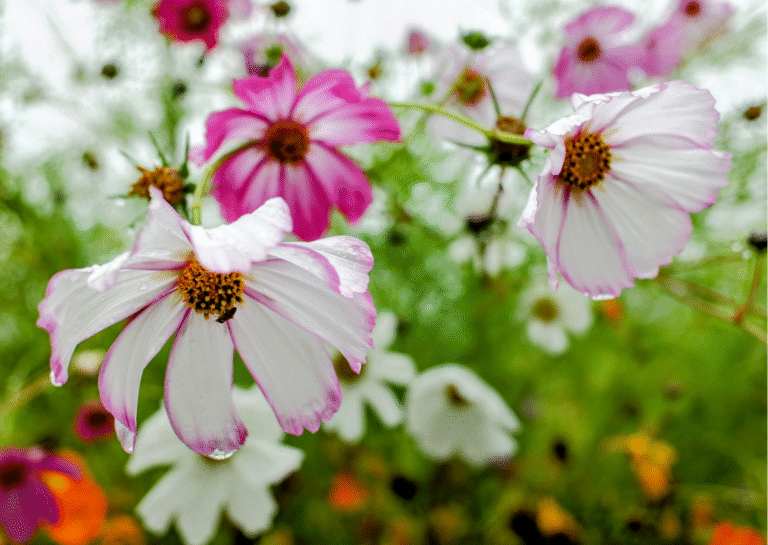As the clock strikes midnight on December 31st, people around the world welcome the New Year with unique traditions believed to bring luck, prosperity, and happiness. From Spain’s grape-eating ritual to Scotland’s "First-Footing" and Latin America’s fiery effigy burnings, these customs reflect diverse cultural superstitions and celebrations. Let’s explore some of the most fascinating New …
First-Footing, 12 Grapes & Burning Effigies: The Most Fascinating New Year Customs
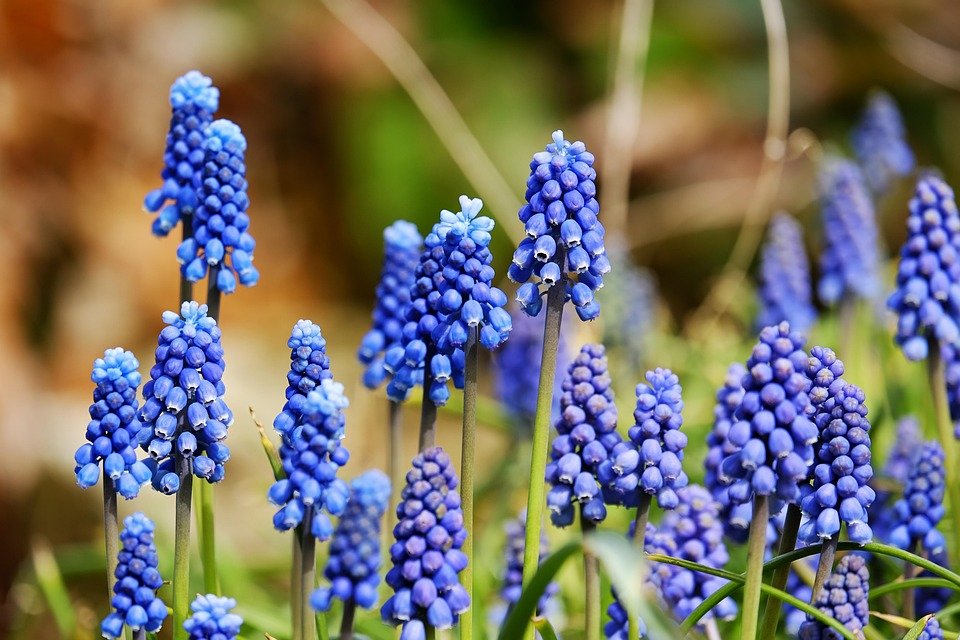
As the clock strikes midnight on December 31st, people around the world welcome the New Year with unique traditions believed to bring luck, prosperity, and happiness. From Spain’s grape-eating ritual to Scotland’s “First-Footing” and Latin America’s fiery effigy burnings, these customs reflect diverse cultural superstitions and celebrations. Let’s explore some of the most fascinating New Year traditions from across the globe.
1. Scotland’s First-Footing: The Lucky First Guest
In Scotland, the first person to set foot in a home after midnight on New Year’s Eve—known as the “First-Footer”—determines the household’s fortune for the year. Traditionally, a tall, dark-haired man arriving with symbolic gifts (like coal, whisky, or shortbread) is considered the luckiest omen. This custom, part of Hogmanay celebrations, may trace back to Viking times, when fair-haired strangers were associated with invaders.
2. Spain’s 12 Grapes at Midnight
In Spain and parts of Latin America, people eat 12 grapes—one for each chime of the clock at midnight—to secure good luck for each month ahead. This tradition, called Las Doce Uvas de la Suerte, began in the early 20th century as a way for grape producers to boost sales. Today, it’s a hilarious and sometimes chaotic challenge as people rush to swallow each grape before the clock stops chiming.
3. Burning Effigies: Out With the Old
In several Latin American countries, including Ecuador, Colombia, and Venezuela, people create “Año Viejo” (Old Year) effigies—often made of paper, wood, or straw—and set them on fire at midnight. These figures symbolize the woes of the past year, and burning them represents cleansing for a fresh start. Some communities even stuff the effigies with fireworks for a dramatic farewell!
4. Denmark’s Smashing Plates for Friendship
Danes celebrate the New Year by throwing old dishes at their friends’ doors. The more broken plates you find piled up on your doorstep, the more popular you are! After midnight, people jump off chairs at the stroke of 12, literally “leaping into the new year” to banish bad spirits.
5. Japan’s Joya no Kane: 108 Bells of Enlightenment
In Japan, Buddhist temples ring their bells 108 times at midnight (Joya no Kane) to cleanse the 108 earthly desires that cause human suffering. Many also eat soba noodles (toshikoshi soba), symbolizing longevity and resilience, as the long noodles represent a smooth transition into the new year.
6. Greece’s Hanging Onions & Smashing Pomegranates
Greek families hang onions on their doors as symbols of fertility and renewal. At midnight, they turn off the lights, step outside, and smash a pomegranate against the door—the more seeds that scatter, the more prosperity awaits. The first guest of the year is also welcomed with sweets for extra luck.
7. Philippines’ Round Shapes & Jumping for Growth
Filipinos believe that wearing polka dots and surrounding themselves with round fruits attracts wealth, as circles resemble coins. Many also jump as high as possible at midnight to grow taller—or at least start the year with high aspirations!
Conclusion: A World of Superstitions & Celebrations
Whether it’s swallowing grapes in Spain, burning effigies in Ecuador, or welcoming a dark-haired stranger in Scotland, New Year customs reveal humanity’s shared hope for renewal. No matter how strange or symbolic, these traditions remind us that every culture has its own magical way of inviting good fortune.
Which tradition would you try this New Year’s Eve? 🎆



